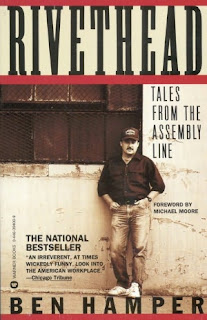 The entry begins:
The entry begins:When I wrote The True History of Merlin the Magician I had no real visual image of Merlin in my mind – how can you tie down someone who ‘lived’ from the 5th century to the 16th, and took the forms of boy-prophet, scholar, doctor, hermit, Welsh warrior-prince and half-demon, to one physical incarnation or appearance? The one thing I was clear about was that the historical Merlin was not the aged sage in a pointy hat seen in Disney’s version.Learn more about The True History of Merlin the Magician at the Yale University Press website.
But, once I started to think about Merlin as a movie, the actor to play Merlin was obviously Johnny Depp. A blend of Edward Scissorhands, Captain Jack Sparrow and The Mad Hatter is about as close to the Merlin of medieval chronicles and prophecies as I can imagine – though adding to these the hermit who can see to the very end of time and understands the secrets of the earth might be a stretch even for Johnny Depp. Of course, since Merlin can change shape, and take on the appearance of any person he chooses, this movie would not need to be restricted to...[read on]
Anne Lawrence-Mathers is senior lecturer in medieval history at the University of Reading.
My Book, The Movie: The True History of Merlin the Magician.
--Marshal Zeringue













































